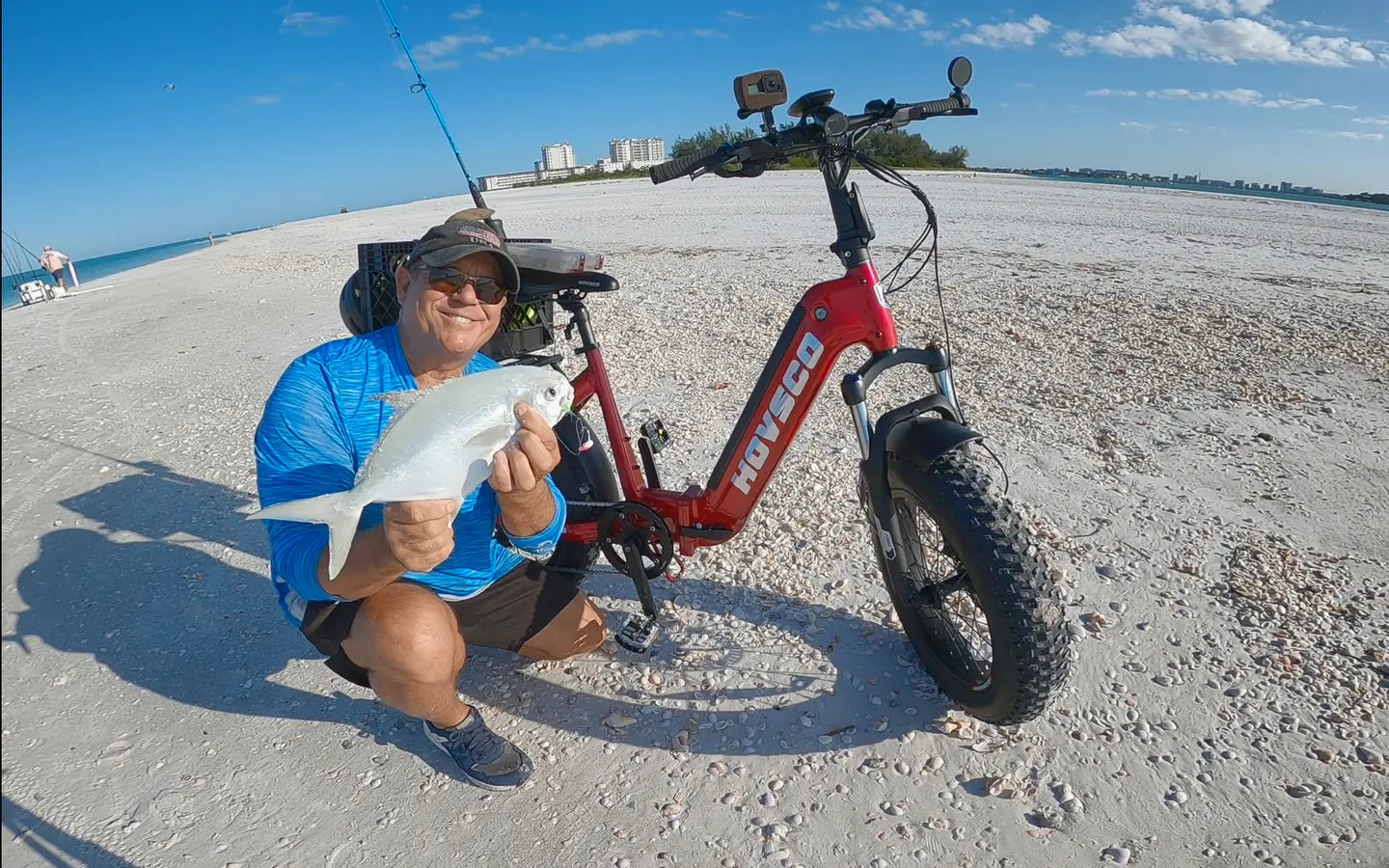
- by Jiazhu Liu
What Are Pedal Assist Bikes and How Do They Work?
- by Jiazhu Liu
Pedal assist bikes are electric bicycles that provide motorized support only when you pedal, enhancing your effort and making rides smoother and less strenuous. They adapt to your pedaling intensity, ideal for commuting, fitness, or leisure, allowing riders to travel farther with less fatigue while preserving the natural cycling experience.
Pedal assist bikes use sensors to detect pedaling motion and power output, activating an electric motor that boosts your pedaling effort. The motor’s assistance level adjusts according to sensor input, providing a seamless extension of your power. This technology maintains cadence and torque sensitivity to create a natural cycling feel.
There are primarily two types: torque sensors and cadence sensors. Torque sensors measure how hard you pedal and provide proportional assistance, offering a smooth, intuitive ride. Cadence sensors detect pedaling motion and supply motor power at preset levels, often resulting in a more consistent but less responsive assist.
Pedal assist bikes extend range, reduce rider fatigue, and make uphill or headwind riding easier. They promote fitness by requiring active pedaling rather than throttle-only control. These bikes also enable commuting with less sweat and greater speed, encouraging eco-friendly transportation while maintaining exercise benefits.
Terrain steepness and rider weight impact the amount of motor assistance required. Steep hills and heavier riders call for higher assist levels or stronger motors to maintain speed and comfort. Adjustable pedal assist modes let riders tailor the motor output to their needs and riding conditions.
Chart: Typical Pedal Assist Levels and Impact on Speed & Range
| Assist Level | Speed Boost (%) | Estimated Range Increase (%) |
|---|---|---|
| Low | 20–30 | 15–25 |
| Medium | 40–60 | 30–45 |
| High | 70–100 | 50–80 |
Battery capacity determines how far a pedal assist bike can travel on a single charge, while motor power affects how much assistance is available. Larger batteries enable longer rides; higher motor wattage means better hill-climbing and acceleration but can reduce battery life if overused.
Unlike throttle e-bikes that can power the bike without pedaling, pedal assist bikes require pedaling to engage the motor, offering a more natural cycling experience and better exercise benefits. They also often comply with stricter e-bike regulations, making them legal in more areas.
HOVSCO and other top e-bike brands offer pedal assist bikes with multi-level assist modes, integrated displays, durable batteries, and ergonomic designs. These bikes combine lightweight frames with powerful motors and intelligent sensors to deliver balanced performance suited for commuting, recreation, or trail exploration.
When buying a pedal assist bike, consider motor type, battery capacity, range, and assist levels based on your riding needs. Choose reputable brands like HOVSCO that emphasize safety, innovation, and quality. Look for models with easy-to-use controls, robust warranties, and accessories that enhance comfort and safety, such as integrated lights and fenders.
“Pedal assist bikes epitomize the fusion of human power and technology, fostering healthier, greener transportation. At HOVSCO, we prioritize sensor precision and battery efficiency to ensure riders experience seamless, responsive assistance tailored to their unique ride style and terrain challenges.” — HOVSCO Product Development Lead
Q: How far can I ride on a single charge with pedal assist?
A: Most pedal assist bikes offer 20 to 60 miles per charge, depending on battery size, assist level, terrain, and rider weight.
Q: Can I pedal without using the motor on a pedal assist bike?
A: Yes, you can ride pedal assist bikes like regular bikes without motor help; the motor only activates when you pedal.
Q: Are pedal assist bikes legal everywhere?
A: They generally meet legal requirements where electric bikes are allowed, but local laws vary; always check regulations before riding.
Q: How long does the battery last?
A: Battery life varies from 2 to 5 years depending on usage, charging habits, and battery technology.
Q: Is maintenance different for pedal assist bikes?
A: Maintenance includes standard bike care plus battery and motor checks, but many models are designed for durability and minimal upkeep.
Share:
What Is the Ideal Bike Tire Pressure for Your Ride?
What Step Through Ebikes Have Long Battery Life?